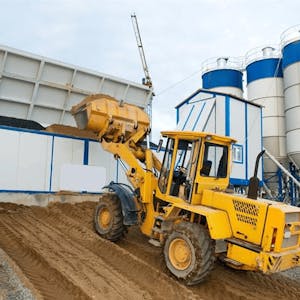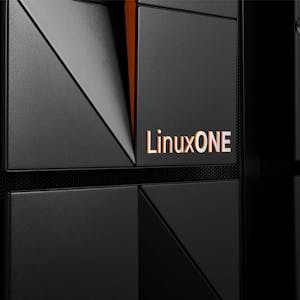Mechanization in Construction
About this Specialization
The Construction Equipment & Techniques course provides an in-depth understanding of the selection, operation, and optimization of construction machinery, along with modern construction methods. It covers various types of equipment, including excavators, bulldozers, cranes, and concrete mixers, emphasizing their applications, maintenance, and safety considerations. The course also explores advanced construction techniques such as mechanized earthmoving, tunneling, high-rise construction, and emerging technologies like 3D printing for rapid and sustainable building solutions. Additionally, it delves into comprehensive safety methods, ensuring hazard identification, risk mitigation, and compliance with industry standards. Through case studies and practical insights, learners will develop the skills needed to enhance efficiency, reduce costs, and improve safety in construction projects. Target Learners: Civil Engineering Students, Mechanical Engineering Students, Faculties and working professionals, Practicing Engineers in Construction projectsCreated by: L&T EduTech

Related Online Courses
This course is for Linux Systems Administrators, Architects and Developers who are already familiar with Linux components and everyday tasks, but need a primer on how to best take advantage of the... more
Innovations in medical technologies are one of the leading areas of economic growth in the world. Whether new technologies take the form of pharmaceutical, medical device, biotechnology,... more
In this course, you will learn how to apply satisfiability (SAT/SMT) tools to solve a wide range of problems. Several basic examples are given to get the flavour of the applications: fitting... more
Fundamental Neural Pathways For Movement is the second course of the specialization \"Science of Movement\". This course will provide you with a deeper understanding of the intricate processes that... more
Learn the fundamentals of large language models (LLMs) and put them into practice by deploying your own solutions based on open source models. By the end of this course, you will be able to... more








